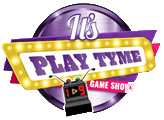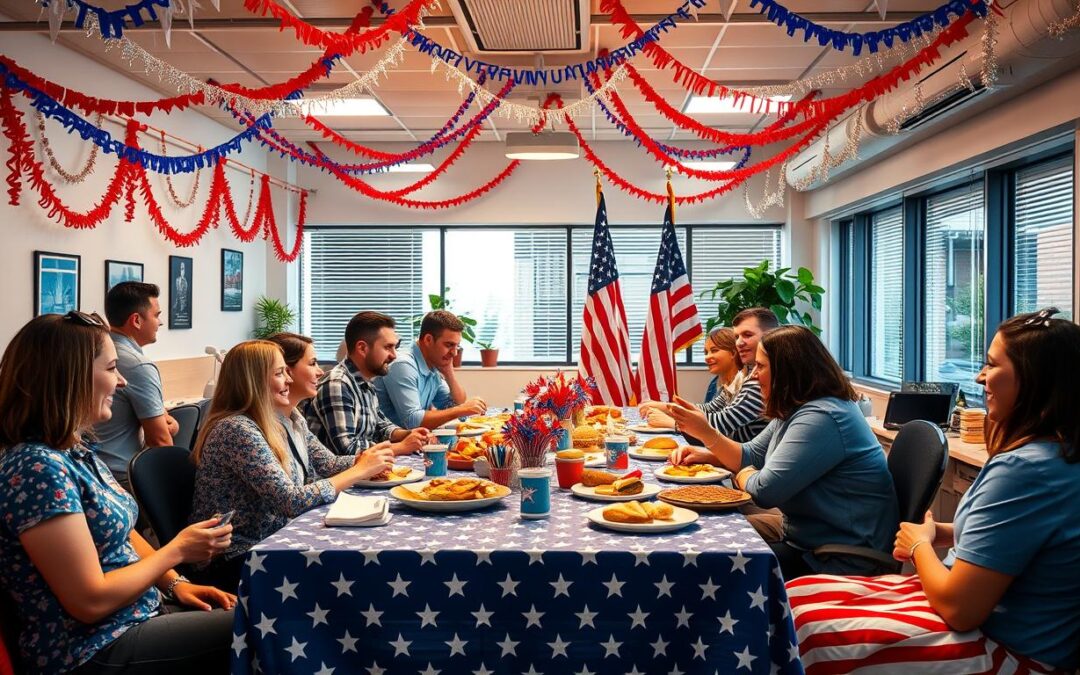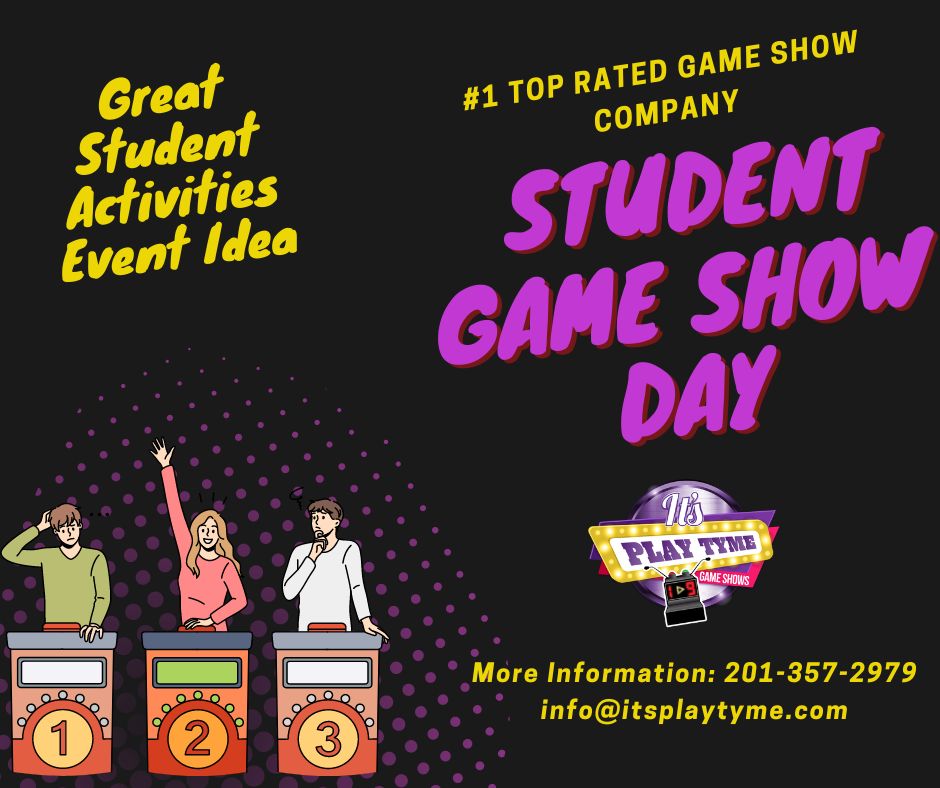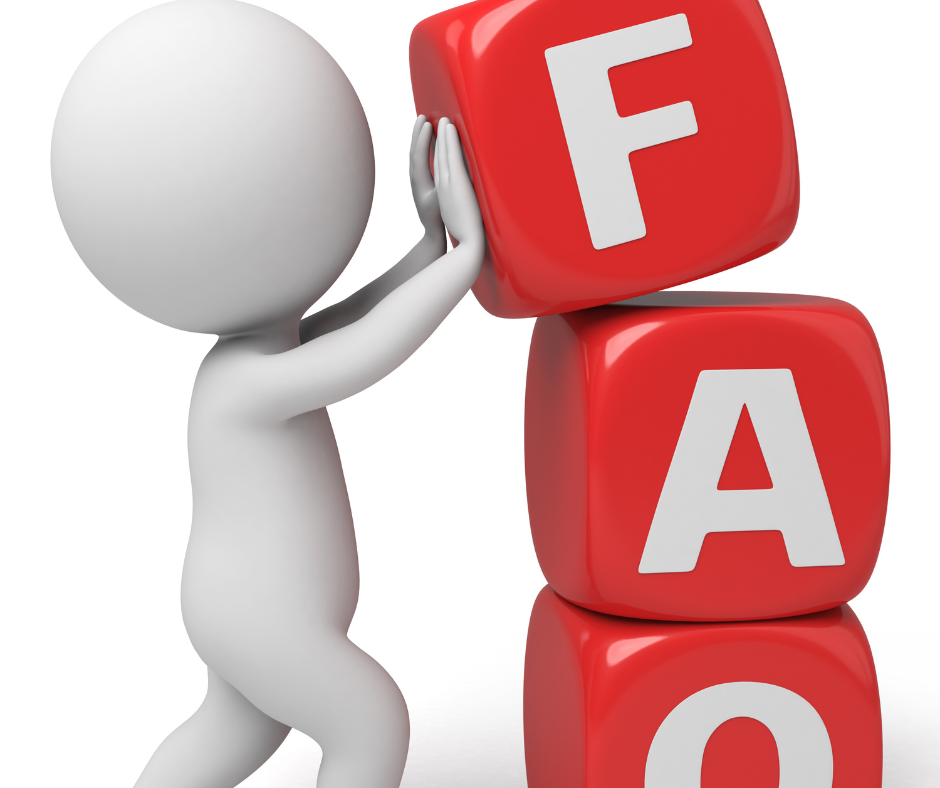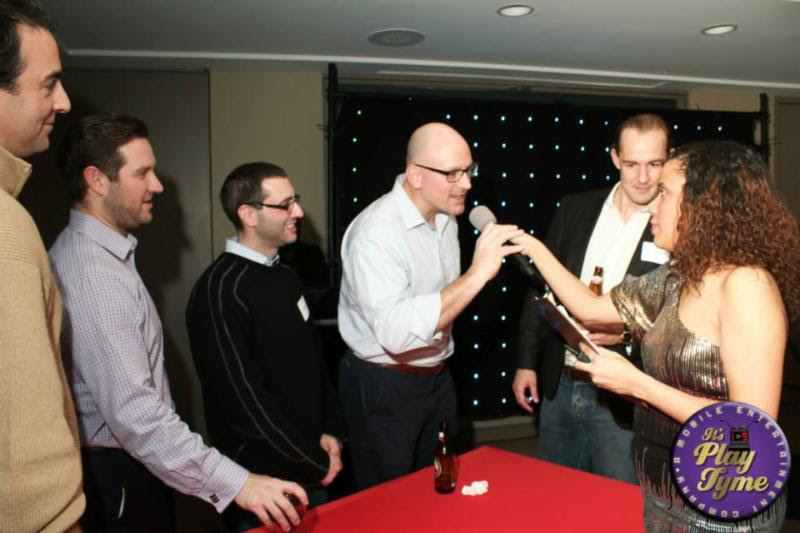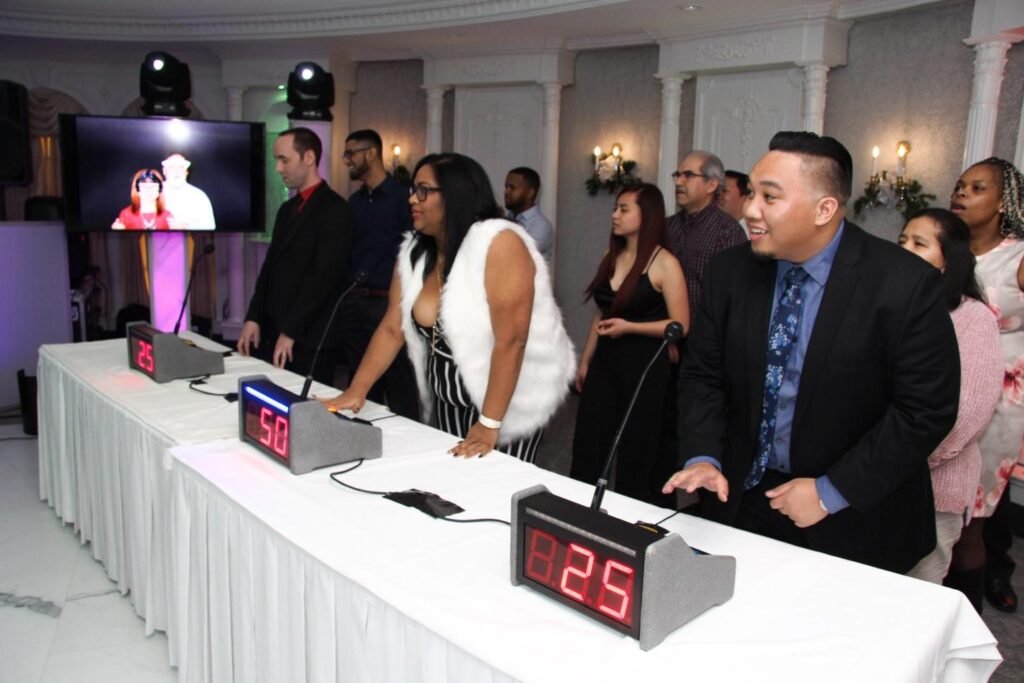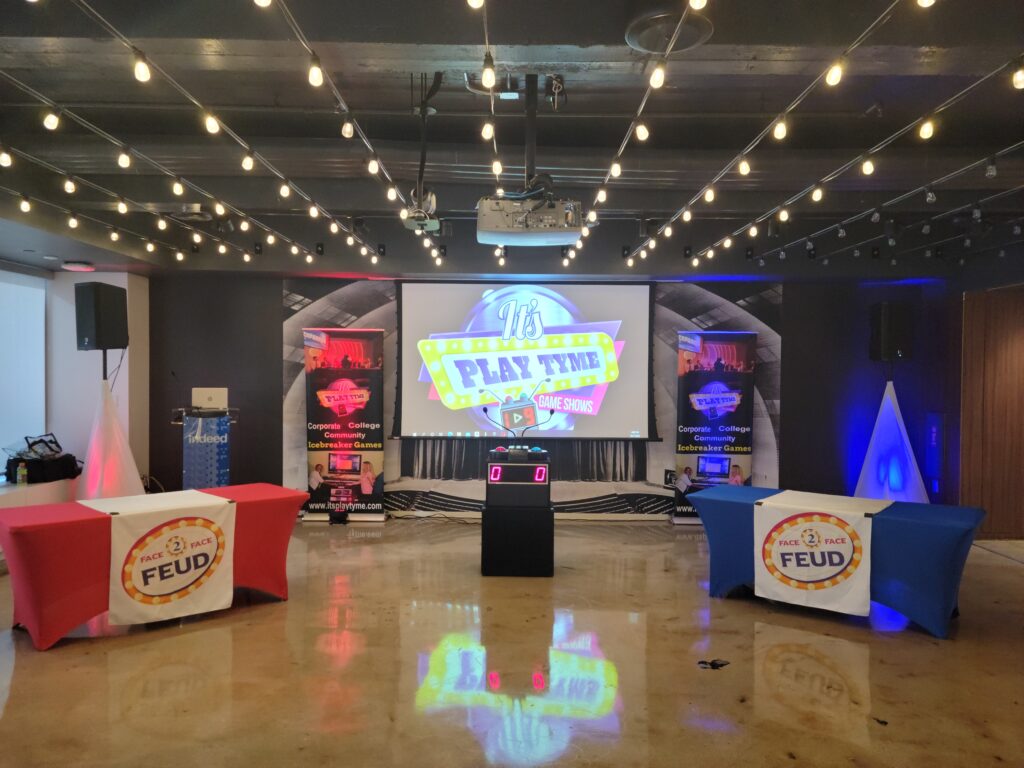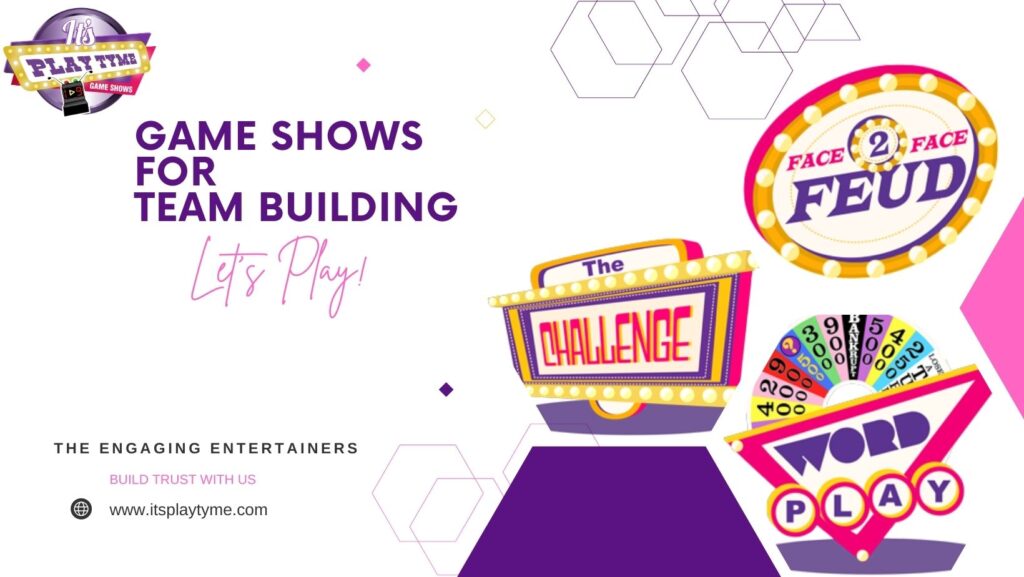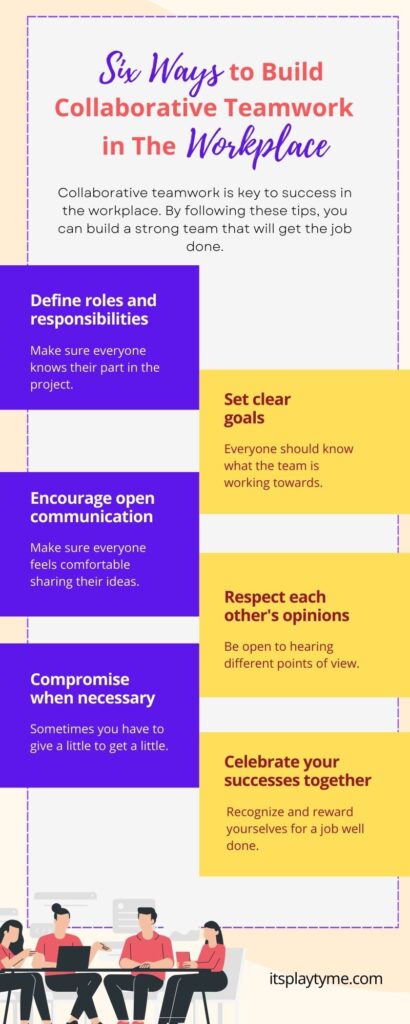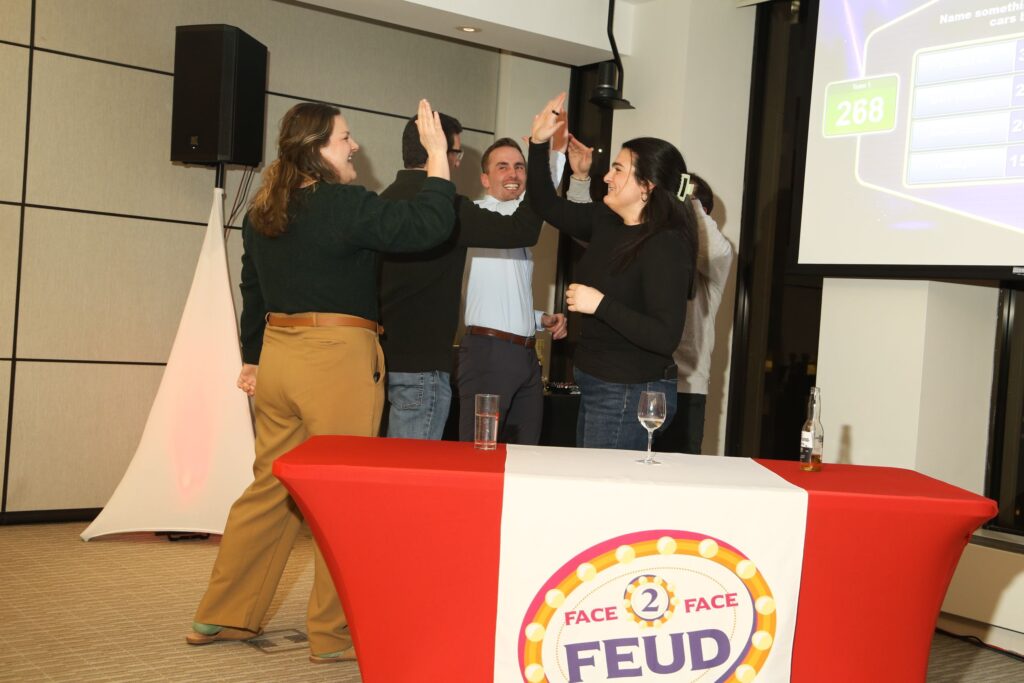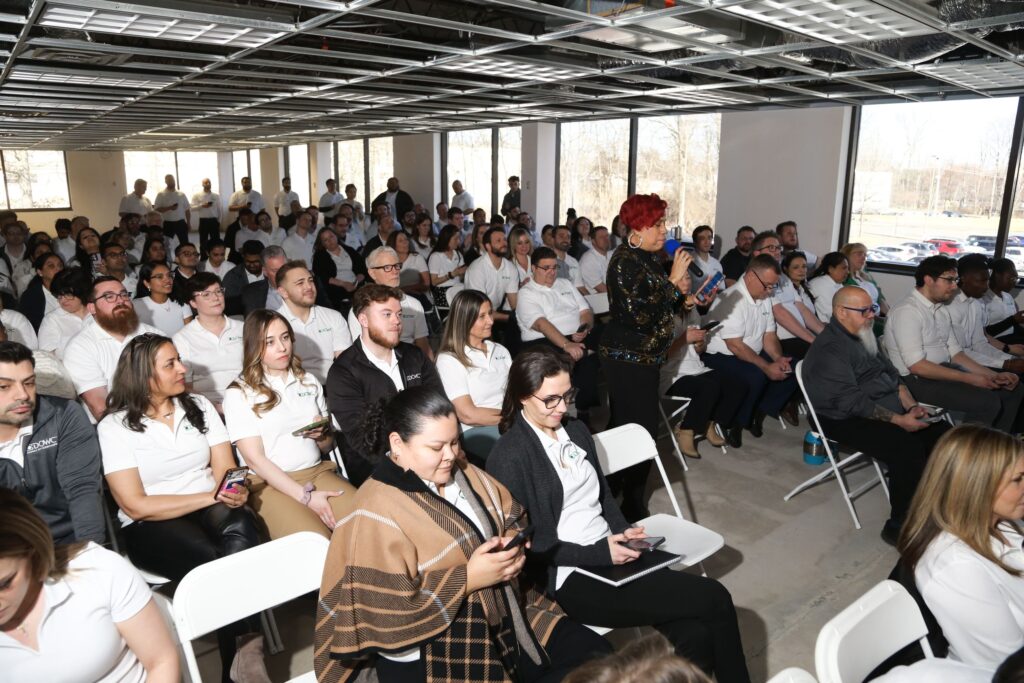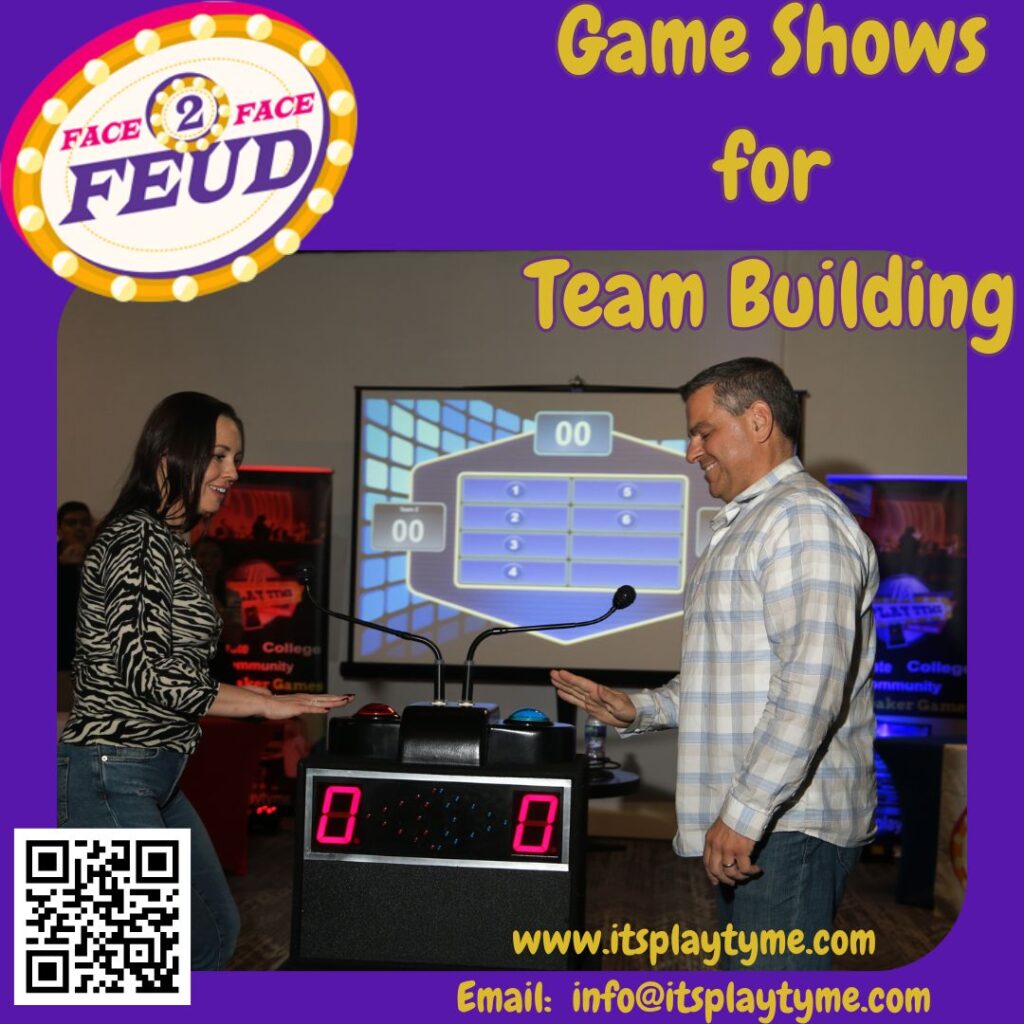
Annual Awards Dinner Themes | 8 Different Ways to Wow Your Guests | NJ, NYC, CT
Corporate annual awards nights should feel electric, not exhausting. Picture this: your team files into the ballroom, the lights are soft, the stage is set, and your CEO is ready to honor the year’s top performers. But within minutes, people are scrolling on their phones, eyeing the exit, or wondering if dessert’s the highlight of the night.
Sound familiar? You’re not alone. Many HR managers, event planners, and executive assistants admit their last corporate awards dinner felt more like a meeting with food than a moment of celebration. That ends now.
This year, it’s time to raise the bar. Your corporate annual awards ceremony should inspire, excite, and celebrate your people with energy that lasts long after the final speech.
In this post, we’re unveiling 8 unforgettable awards dinner themes designed to do more than just “check the box.” These ideas infuse sophistication with surprise, perfect for corporate recognition events, employee appreciation nights, and leadership celebrations across New Jersey, New York City, and Connecticut.
From sleek black-tie elegance to vibrant, interactive experiences (think live game show awards or Hollywood red-carpet reveals), these themes turn recognition into a true experience, one that gets your guests raving, not yawning.
So if you’re ready to transform your next corporate celebration into an evening your team will actually talk about, let’s dive into 8 creative awards dinner ideas that deliver applause-worthy moments and measurable morale boosts.
Key Takeaways
- Annual awards dinners are milestone events that deserve unforgettable themes
- Creative dinner themes can elevate the guest experience and create lasting memories
- Choosing the right theme can be challenging, but with the right inspiration, you can create an evening that shines
- From Hollywood glamour to futuristic technology fairs, the options for annual awards dinner themes are endless
- With the right theme, you can transform your event into an unforgettable experience that leaves a lasting impression
- Annual awards dinner themes can be customized to fit your company’s style and preferences, making each event unique
- By incorporating specific elements such as colors, decorations, and dress code suggestions, you can enhance the overall experience for attendees
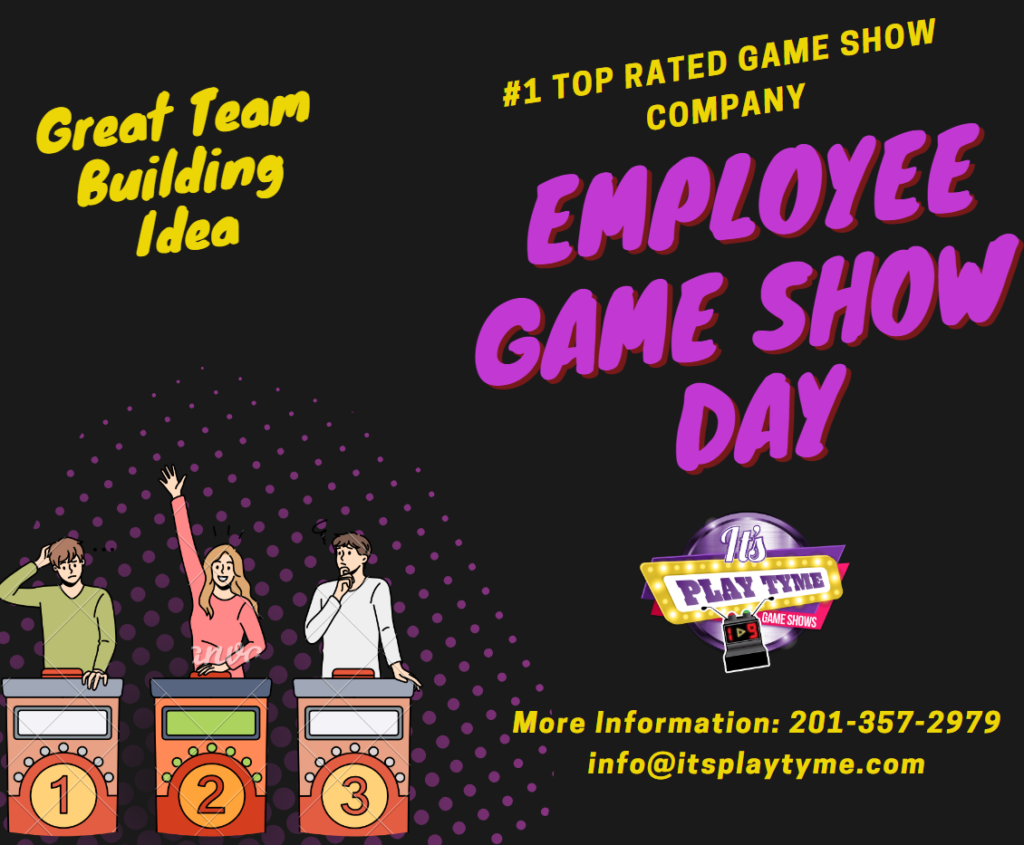
employee-engagement-game-show-idea
Why Your Annual Awards Dinner Theme Matters
The theme of your annual awards dinner is key, not just for looks, but for the heart of the event. A great theme can show your brand’s values and make your guests’ experience memorable.
Choosing the right theme can set the mood for everything. From decor to dinner to entertainment, it all depends on the theme. Unique themes ideas can make your event stand out from the traditional events that leave employees with disdain.
A themed dinner can take guests on a journey. Imagine a Bollywood theme that brings India’s vibrant streets to life. Or a Retro theme that whisks you back in time. A theme that fits your particular brand and audience makes the event special and meaningful. Below is a quick list of themes you may want to consider:
- Around the World theme, which celebrates diversity and inclusivity
- Masquerade theme, which adds an air of mystery and sophistication
- Sports theme, which appeals to sports enthusiasts and creates a fun, competitive atmosphere
Why go for a boring event when you can make it extra special with the right theme?
Theme #1 – Hollywood Glamour: A Classic Theme
Hollywood Glamour is a timeless and elegant theme for awards ceremonies. It creates a sophisticated atmosphere with red carpets, paparazzi, and guests dressing as their favorite stars.
To bring this theme to life, consider these ideas:
- Roll out the red carpet and set up a step-and-repeat backdrop for photo ops
- Hire a photographer to capture the glamour of the evening
- Encourage guests to dress in their best Hollywood-inspired attire, with options like vintage flapper dresses or tuxedo jackets
For inspiration, check out Hollywood theme party ideas that can be adapted for an awards dinner. This theme focuses on glamour and sophistication, impressing your guests and creating a memorable night.
Imagine walking the red carpet, surrounded by Hollywood’s glitz and glamour. This theme is all about memorable experiences, with guests feeling like stars. Elegant decor, sophisticated food, and interactive activities make your awards ceremony shine.
Hollywood Glamour is a classic, elegant theme for awards ceremonies. With the right elements and attention to detail, you can create an unforgettable night that makes your guests feel like stars.

annual dinner activities
Find the Perfect Game Show for Your Team
Pick the Ideal Match for Your Team’s Unique Goals and Needs – Click Below
Theme #2 – Game Show Extravaganza: Lights, Buzzers, and Awards!
Step into the Spotlight and Let the Games Begin!
A Game Show Extravaganza theme transforms your annual awards dinner into an interactive, energetic, and unforgettable experience.
Inspired by iconic game shows like Family Feud, Who Wants to Be a Millionaire, and The Price is Right, this theme brings excitement and participation to every moment of the night.
Why Choose a Game Show Theme?
- Interactive Experience: Guests become participants, not just spectators.
- High Energy Atmosphere: The thrill of buzzers, timed challenges, and prize reveals keeps the room buzzing.
- Memorable Moments: Winners can be celebrated with a drumroll and spotlights, adding to the excitement.
- Customizable to Your Brand: Award categories and challenges can align with your company’s values.
How to Bring the Game Show Theme to Life
- Start the game show experience with upbeat music and flashing lights.
- Display screens with rolling trivia questions or spotlight animations.
- Create mini “table rounds” with quick trivia games or puzzle challenges between award presentations.
- Winners get fun spot prizes or recognition badges.
- Hire a charismatic game show-style host to lead the event and keep the energy up.
Book a Live Game Show!
[Best Team Building Games - We Come to Your Location - 100% Satisfaction Guaranteed - Click Below - SERIOUS INQUIRIES ONLY]
Theme #3 – The Great Gatsby: Art Deco Elegance
The Great Gatsby is a top pick for corporate dinner themes. It offers art deco elegance and a touch of nostalgia.
This theme is great for a sophisticated and memorable event. To make it come alive, add art deco designs, pearls, champagne, and jazz music to your decor and entertainment.
Décor Elements
To create a real experience, focus on décor that brings the Roaring Twenties to life. This includes:
- Art deco patterns and geometric shapes
- Luxurious fabrics like velvet and silk
- Champagne and cocktail bars with fancy glassware
Period-Appropriate Entertainment
For fun, hire a jazz band or play 1920s music. You can also have dance performances, like the Charleston or foxtrot, to set the mood.
Menu Planning Tips
Your menu should match the elegance of the Great Gatsby era. Serve dishes like crab cakes, shrimp cocktail, and deviled eggs. Don’t forget champagne and signature cocktails.
Theme #4 – Around the World in One Evening
Imagine taking your guests on a journey around the world, all in your event space. This theme lets you create zones for different countries or cultures. With authentic food, music, and decor, your guests will enjoy a rich experience.
To make this theme come alive, consider these dinner ideas:
- Parisian café with French cuisine and music
- Tokyo sushi bar with Japanese decor and entertainment
- Brazilian carnival with vibrant colors and lively music
This theme celebrates diversity and broadens horizons. It’s also a chance to get creative with your event design. With the right themes and dinner ideas, you’ll create an unforgettable experience.
By adding different cultures and cuisines to your event, you offer a deep dive into new experiences. Your guests will love the detail and chance to explore.
So, why not take your guests on a world tour in one evening? With careful planning, this theme can be a huge hit and leave a lasting impression.
Theme #5 – Masquerade Ball: Mystery and Sophistication
A masquerade ball is a timeless choice for formal events. It features ornate masks, elegant decor, and a touch of mystery. To make your event unforgettable, think about adding creative dinner themes and elegant ideas to your plans.
When planning a masquerade ball, picking the right masks is key. Look for masks that are detailed but also comfy. You might also want to offer different masks for guests to pick from. This adds a fun, interactive twist to your event.
Creating the right atmosphere is vital for a masquerade ball. Use chandeliers, velvet drapes, and live music to make it feel upscale. Don’t forget about lighting. It should be mysterious and intimate, yet lively enough for the dance floor.
For entertainment, think about hiring mystifying magicians, sultry tango dancers, or a surprise unmasking ceremony. These will bring intrigue and class to your event, making it a night to remember.
Some top masquerade ball themes include Venetian masquerades, black-tie events, and Mardi Gras parties. You could also try a masquerade party with a holiday theme. This lets festive colors and seasonal themes guide the celebration.
Theme #6 – Future Forward: A Tech-Inspired Celebration
We’re excited to introduce a theme that’s out of this world – literally! A tech-inspired celebration is perfect for companies that want to show off their innovative spirit.
It gives their team a peek into the future. Imagine an annual awards dinner with virtual reality experiences, interactive installations, and futuristic decor.
This unique event theme is all about pushing the boundaries of what’s possible. With themed event inspiration from sci-fi movies and futuristic concepts, you can create an immersive experience.
It will leave your guests in awe. Some ideas to consider include:
- Virtual reality experiences that let guests explore new worlds
- Interactive light displays that respond to movement
- Futuristic decor that includes holograms and robots
A tech-inspired celebration is not just about the technology – it’s about the experience. It’s about creating a memorable and engaging event.
With the right unique event themes and themed event inspiration, you can create an unforgettable experience. This will motivate and inspire your team.

Theme #7 – Nature’s Elegance: Botanical Garden Theme
A botanical garden theme is a classy choice for themed dinners. It turns any space into a lush oasis with vines, trees, and flowers. Add seasonal touches like spring blooms or autumn leaves to make it special.
For elegance, use sustainable decor like living walls or herb garden centerpieces. These add natural beauty and support the environment. Fairy lights or string lights can create a magical mood.
Popular ideas include mixing high and low centerpieces and using natural materials like wood and stone. Add color with flowers and greenery. A garden-inspired menu or a botanical cocktail can make your event unforgettable.
Theme #8 – Vintage Carnival: Playful Sophistication
A Vintage Carnival theme is perfect for a corporate event. It mixes fun with elegance, making it a standout choice. Guests can enjoy a mix of nostalgia and excitement.
This theme includes classic carnival games and whimsical decor. You might also rent a carnival stage or set up game stations. For more ideas, check out event planning websites.
Here are some Vintage Carnival theme ideas:
- Set up a photo booth with circus-themed backdrops and props.
- Offer carnival food like cotton candy and popcorn.
- Create a DIY ticket booth entrance for a carnival feel.
These elements can make your event unforgettable. With the right inspiration, your corporate event will be a hit. For more themed event ideas, visit event planning companies that offer customized events.
Planning Your Annual Awards Dinner Themes for Success
Planning an annual awards dinner requires careful thought. You need to consider everything from budgeting to vendor coordination. We’ve gathered some expert tips to help you plan a memorable event.
Start by thinking about your budget. You can have a grand, black-tie event or a laid-back corporate dinner. Look for venues with all-inclusive prices or choose a theme to save on decorations and entertainment.

Next, plan your timeline. Make a detailed schedule from save-the-dates to the last toast. This keeps you organized and ensures everything goes smoothly. Also, coordinate with vendors to bring your ideas to life.
Key Considerations for Planning a Successful Annual Awards Dinner
- Budgeting and cost management
- Timeline development and management
- Vendor coordination and communication
By focusing on these key areas and working with skilled vendors, you can host an unforgettable awards dinner.
Whether it’s a corporate dinner or a formal gala, the right theme and planning are crucial. So, start planning today and see what you can achieve with your annual awards dinner themes and corporate dinner themes.
Transform Any Space with These Theme Implementation Tips
Creating an amazing themed event is all about the details. With the right ideas, you can make any space unique and engaging. From creative dinner themes to fun activities, the options are endless.
Start with lighting and sound design. A few LEDs or a special soundtrack can change a room’s feel. Adding interactive elements, like photo booths or social media posts, can also make your event memorable.
Staff involvement is also crucial. Getting your team involved can make your event feel more real and immersive. With some creativity and planning, you can turn any space into a themed wonderland that will impress your guests.
- Use lighting and sound design to set the mood
- Incorporate interactive elements to engage your guests
- Get your staff involved to create a cohesive experience
By using these tips, you can create a unique and unforgettable event. Whether it’s a corporate gathering or a private party, the right theme can make any space memorable and fun.
Common Theme Planning Mistakes to Avoid
Planning annual awards dinner themes can be tricky. There are common mistakes that can ruin your event.
It’s key to know these mistakes and avoid them. A realistic budget is crucial. Up to 40% of events see fewer guests because of bad marketing. This can be fixed by using great-themed dinner ideas and themes.
1 – Budget Oversights
Ignoring your budget can cause big problems. It’s important to spend wisely, focusing on what’s important to your company.
Look for ways to not overspend too much, and try all-inclusive deals if at all possible. Costs include venue, food, entertainment, decorations, tech, and photos.
2 – Timing Issues
Timing problems can mess up your event. They can make guests late and waste resources. Make a detailed plan and stick to it. But, be ready for unexpected changes.
3 – Design Inconsistencies
Not matching your theme can make your event look bad. Keep your theme consistent in decorations, entertainment, and marketing. Knowing these mistakes and avoiding them will help you have a great event. Your guests will remember it for a long time.
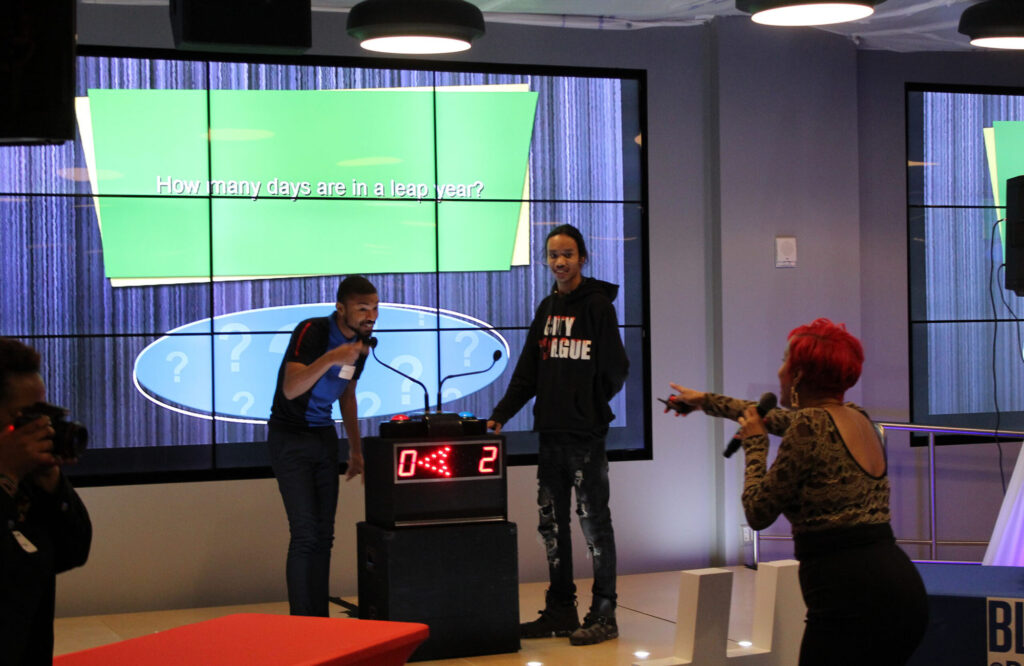
Team Building Activities in NY
Conclusion: Creating an Unforgettable Awards Experience
The secret to a memorable awards ceremony is in the planning and creativity. Choose a theme that matches your organization’s values and goals. This makes the event a special celebration that guests will remember.
Whether it’s a glamorous Hollywood theme or a fun carnival theme, the right choice can make any space exciting. Add interactive elements, new award categories, and unique food to keep guests engaged. This helps build a sense of community among them.
When you’re all set, be ready to adapt to any unexpected issues. Always focus on making the event enjoyable. With careful planning and creativity, your awards dinner will be the highlight of the year. It will show how much you value and celebrate your team’s hard work.
Common Questions
What are some popular annual awards dinner themes?
Popular themes include Hollywood Glamour, The Great Gatsby, and Around the World in One Evening. Other favorites are Masquerade Ball, Future Forward, Botanical Garden, and Vintage Carnival.
Why is the annual awards dinner theme important?
The theme is key because it shapes the guest experience. It creates lasting memories and reflects the company’s image.
What should be considered when planning a Masquerade Ball theme?
Plan a Masquerade Ball by choosing masks and creating an enchanting atmosphere. Include mysterious entertainment like magicians or tango dancers.
What are the key considerations when planning the theme for an annual awards dinner?
Consider the budget, timeline, and vendor coordination. Ensure a cohesive and successful event.
What are some common mistakes to avoid when planning an annual awards dinner theme?
Avoid budget oversights, timing issues, and design inconsistencies. These can ruin a themed event.
Annual Awards Dinner Themes – Top FAQs
What is the best theme for a corporate annual awards dinner?
Choose a theme that matches your company culture and venue. Some of the most engaging options include Game Show Extravaganza, Hollywood Glamour, Great Gatsby, Masquerade, Around-the-World, and Futuristic/Tech. These themes make corporate recognition nights unforgettable while adding excitement to the evening.
How do we keep guests engaged so it doesn’t feel like “a meeting with food”?
Keep things interactive with team building games, live trivia, and short award segments. Add music cues between transitions and end with an energetic finale that leaves everyone smiling.
What’s a Game Show Extravaganza awards format?
A Game Show Extravaganza turns your awards dinner into an interactive experience. A professional host runs fast-paced rounds with buzzers, trivia, and live spotlights so guests are entertained, not just seated. It’s a hit for corporate audiences across NJ, NYC, and CT.
Can a game show theme work for large groups (100–300+)?
Absolutely! Using large group team building games ensures everyone participates. With screens, emcee-led rounds, and table-based play, these formats thrive in ballrooms, corporate venues, and conference spaces throughout the NYC Metro area.
What AV is required for a game show or Hollywood-style dinner?
You’ll need a reliable sound system, two large screens, a stage wash, and music or sound effects for transitions. For smoother setup, coordinate early with your venue tech and contact our production team for professional mobile game show support in NJ, NYC, and CT.
What’s a realistic planning timeline in NJ/NYC/CT?
Plan 8–12 weeks ahead. Secure your venue and AV, confirm your theme and entertainment, then finalize awards, scripts, and visuals. For stress-free coordination, book a discovery call with our event team to discuss timing and setup.
